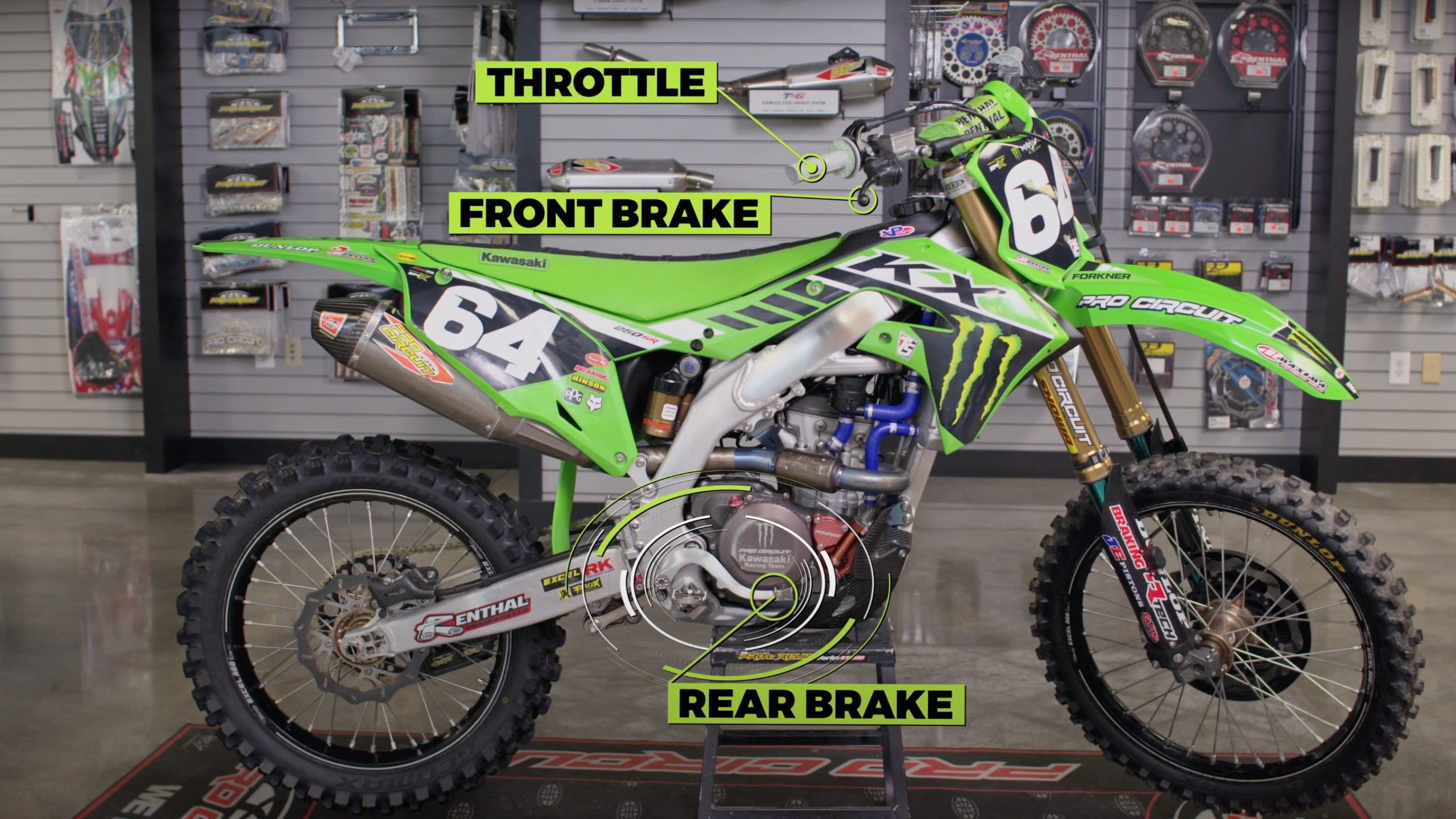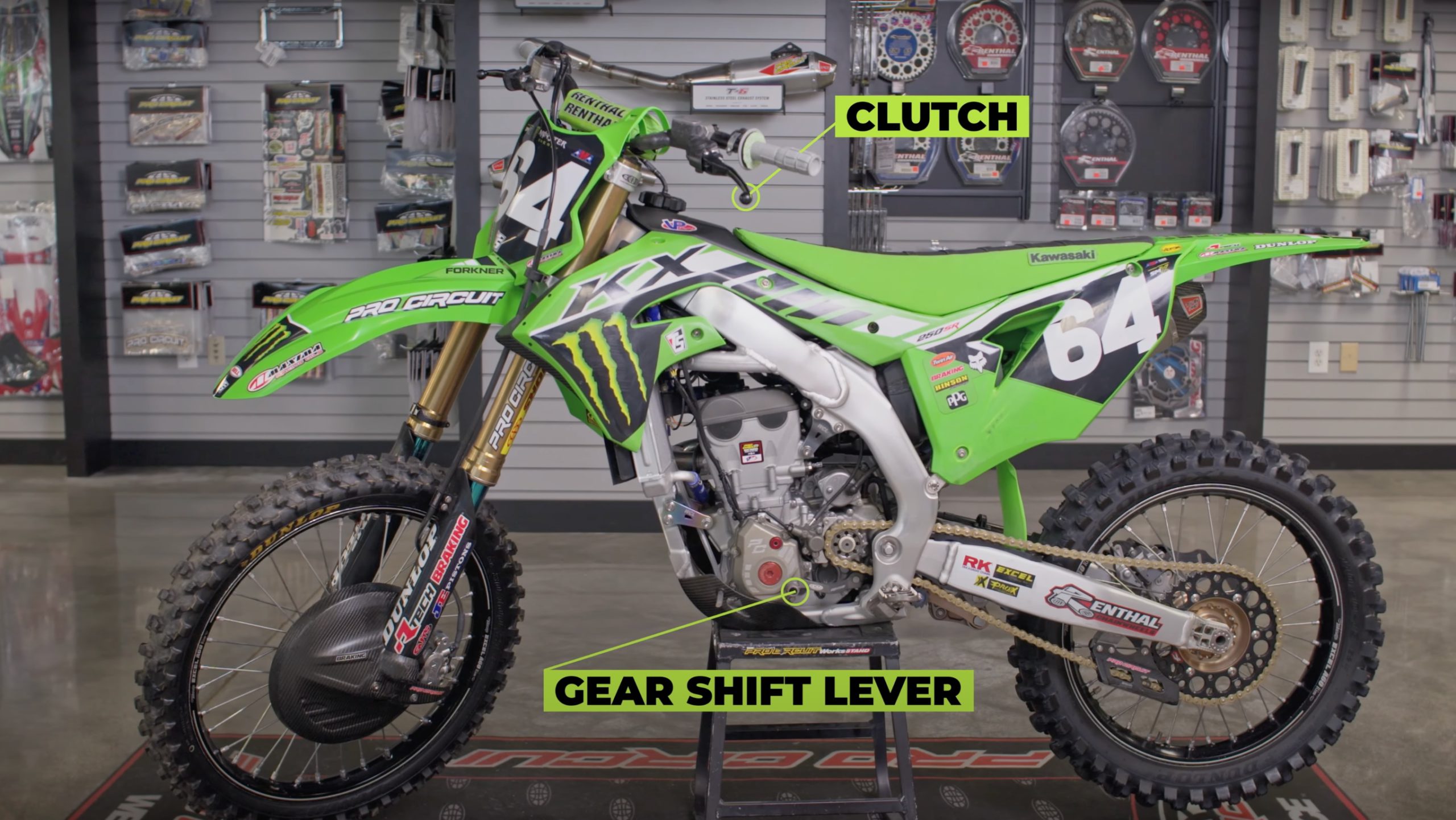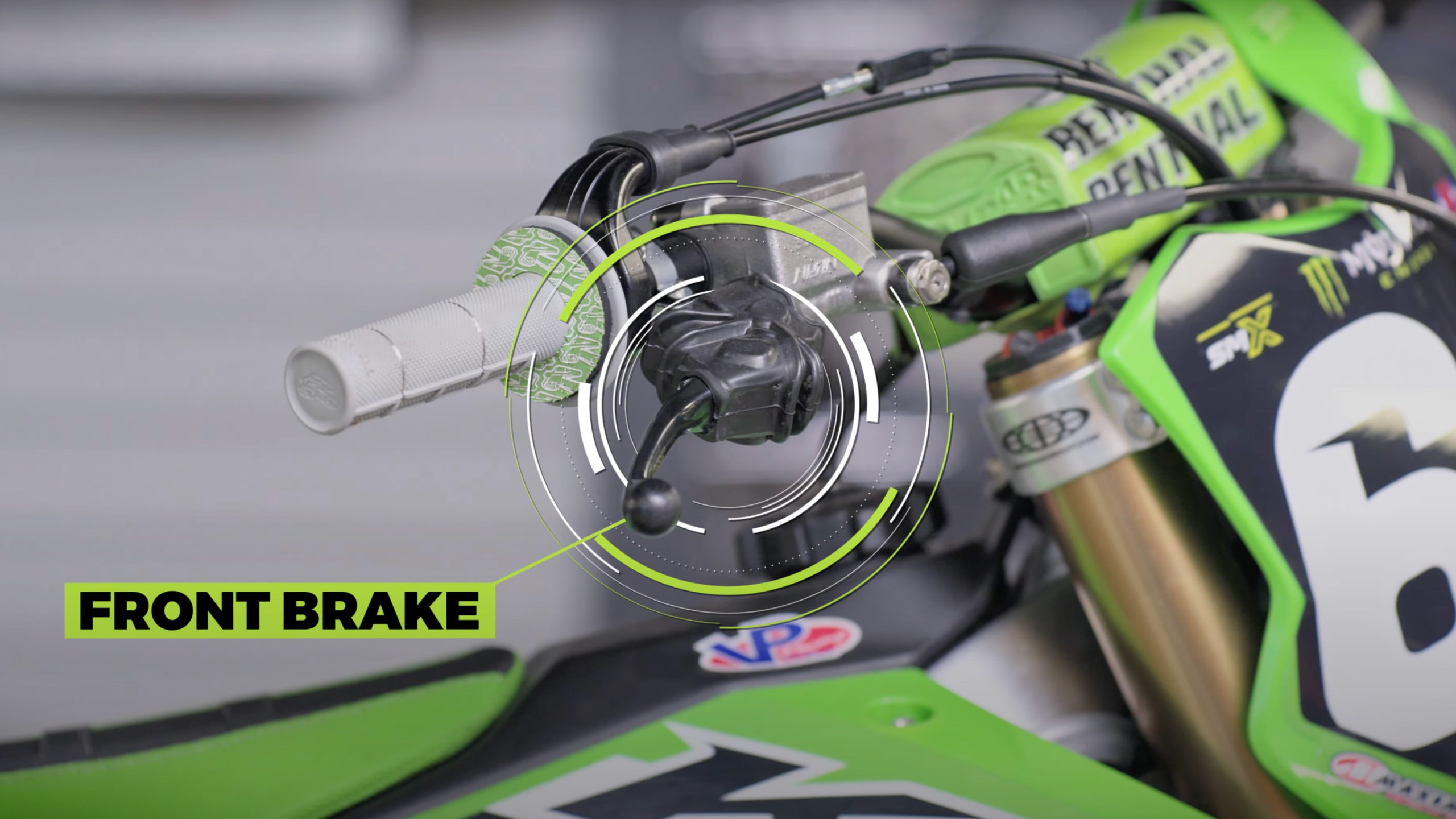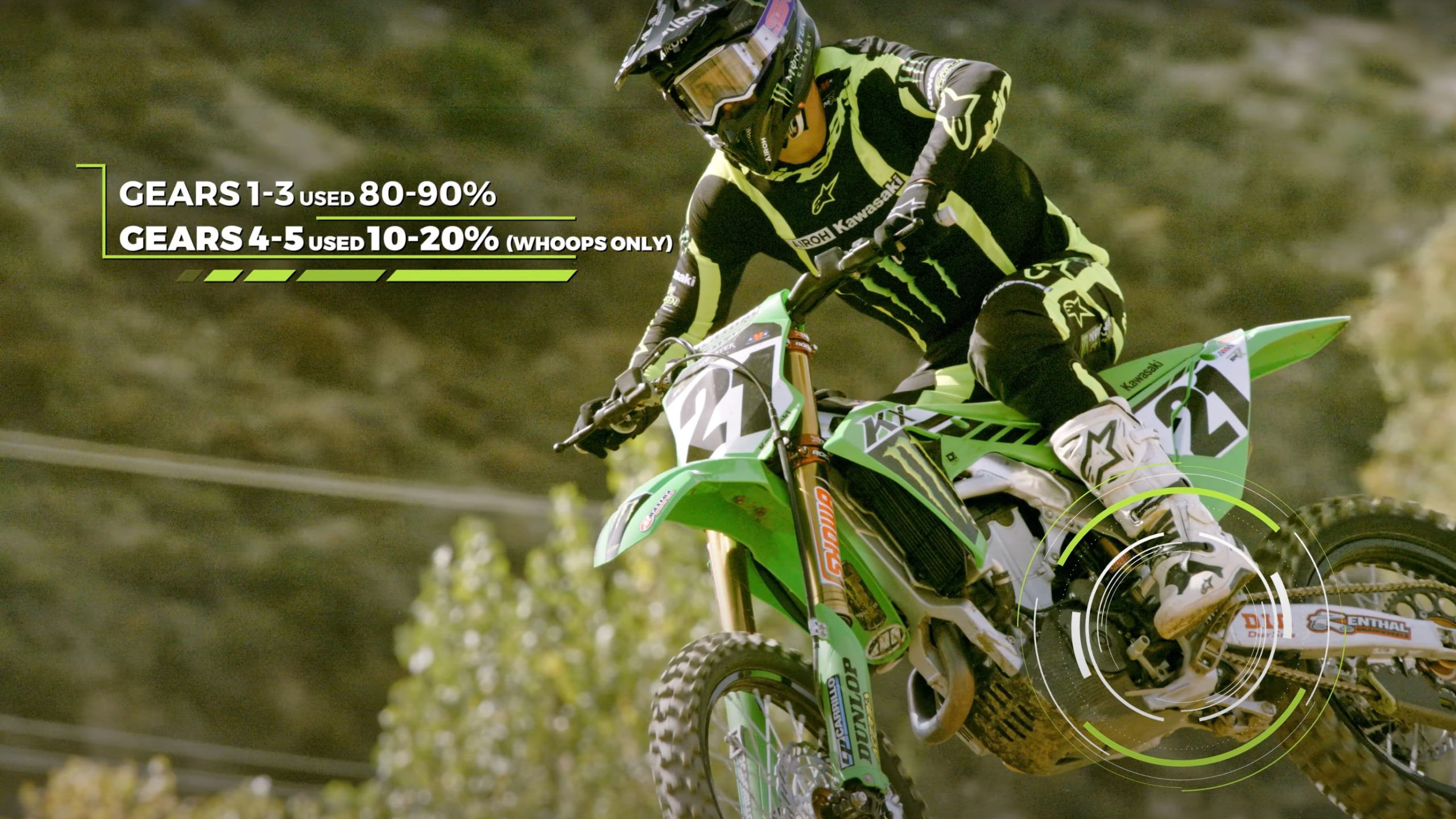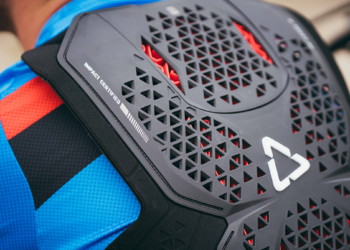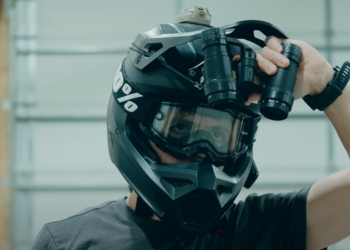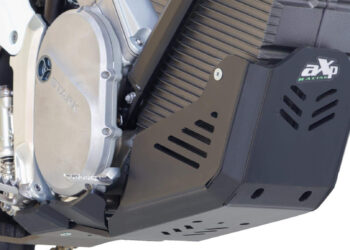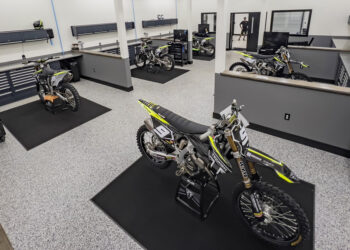Enduro motorcycle riders may resemble supercross racers and jockeys in horse racing, but their actions also mimic those of a drummer in a rock band. While challenging their skills and heart rates on highly technical obstacles, these riders must also use both feet and both hands with precision.
Constantly manipulating five different control mechanisms on a motorcycle, these riders navigate their way around a track: throttle, front brake, rear brake, clutch, and gear lever. The throttle is applied even before the gate drops; once it does, it’s full throttle to reach the first turn swiftly. In corners and certain rhythm sections, the throttle must be adjusted depending on which gear they’re in.
The same hand that manipulates the throttle must also apply the front brake. A rider often uses the front brake to hold the bike in place before the gate even falls. Using too much front brake can pull the front of the bike down, requiring some adjustment of the suspension. On the opposite side of the bars is the clutch lever. The clutch is used to apply power to the rear wheel even before the gate drops and is often utilized in corners and challenging sections. Many riders keep a finger on the clutch lever in case something goes awry; they can instantly disengage power from the rear wheel by pulling the clutch lever.
While navigating a supercross track, the gear lever sees frequent use. When the gate drops, they grab another gear on the start straight, downshift as they approach the corner, and jump for the hoops. They usually upshift twice in the air and adjust for a high gear. While first, second, and third gears are commonly used, the top gear is usually reserved for the hoops.
Enduro riders showcase a combined art and athletic performance by skillfully utilizing these detailed control mechanisms, requiring a perfect balance of skill and coordination!


